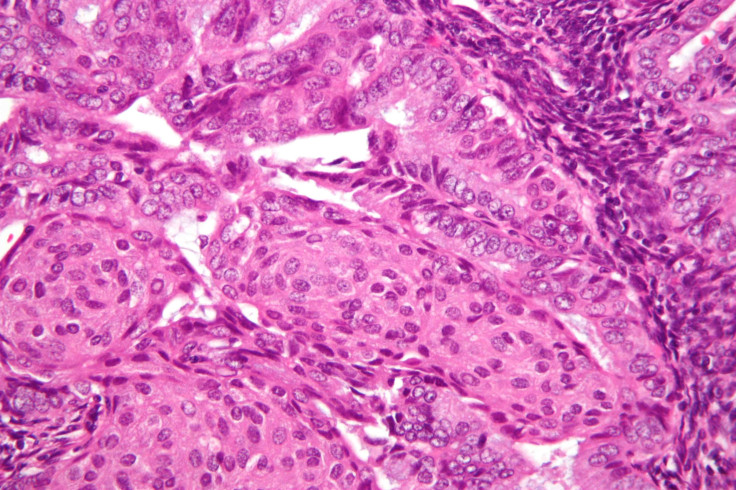A New Type Of Cancer Radiation Therapy Hopes To Eliminate Side Effects

The holy grail of cancer therapy is to have a targeted therapy that does not negatively affect healthy tissue, and with half a million Americans dying from cancer in America yearly such a treatment is needed quickly.
Typical radiation therapies result in hair loss, gastrointestinal issues and possible sterility. Even worse, they can cause other cancers in the future because healthy tissues may be irradiated while killing the cancer.
Targeted therapies -- such as immune system mediated treatments -- also aim to target only cancerous cells and leave healthy ones alone. Medical Daily recently reported on another type of cancer treatment will soon move into human trials and uses an antibody that sticks to a receptor highly expressed on cancer cells. The antibody blocks a 'don't eat me' signal on cancer cells so the immune system destroys them.
In addition, scientists have long known that cancer cells have a faster metabolism than healthy cells and absorb far more materials from their environment. Researchers have wanted to use this fact to their advantage for decades and now they may have the tools to do so.
A team led by Professor M. Frederick Hawthorne of the University of Missouri, a recent winner of the National Medal of Science, developed a new treament method that uses a compound based off of the element Boron in combination with a type of radiation that uses neutrinos to selectively kill transferred breast cancer cells in mice.
The technology, called boron neutron capture therapy (BNCT), used a type of boron molecule that will split when it captures a subatomic particle called a neutron. The boron then splits and turns into lithium, helium and low levels of gamma radation. The helium and lithium then penetrate the cancer cells and destroy them from the inside while leaving surrounding healthy cells alone.
Researchers have had success treating mice who then progressed towards cancer remission.
"A wide variety of cancers can be attacked with our BNCT technique," Hawthorne commented. "The technique worked excellently in mice. We are ready to move on to trials in larger animals, then people. However, before we can start treating humans, we will need to build suitable equipment and facilities. When it is built, MU will have the first radiation therapy of this kind in the world."
The investigative team is now in the process of obtaining funding to pursue human clinical trials.
The research published in the Proceedings of the National Academy of Sciences can be found here.



























